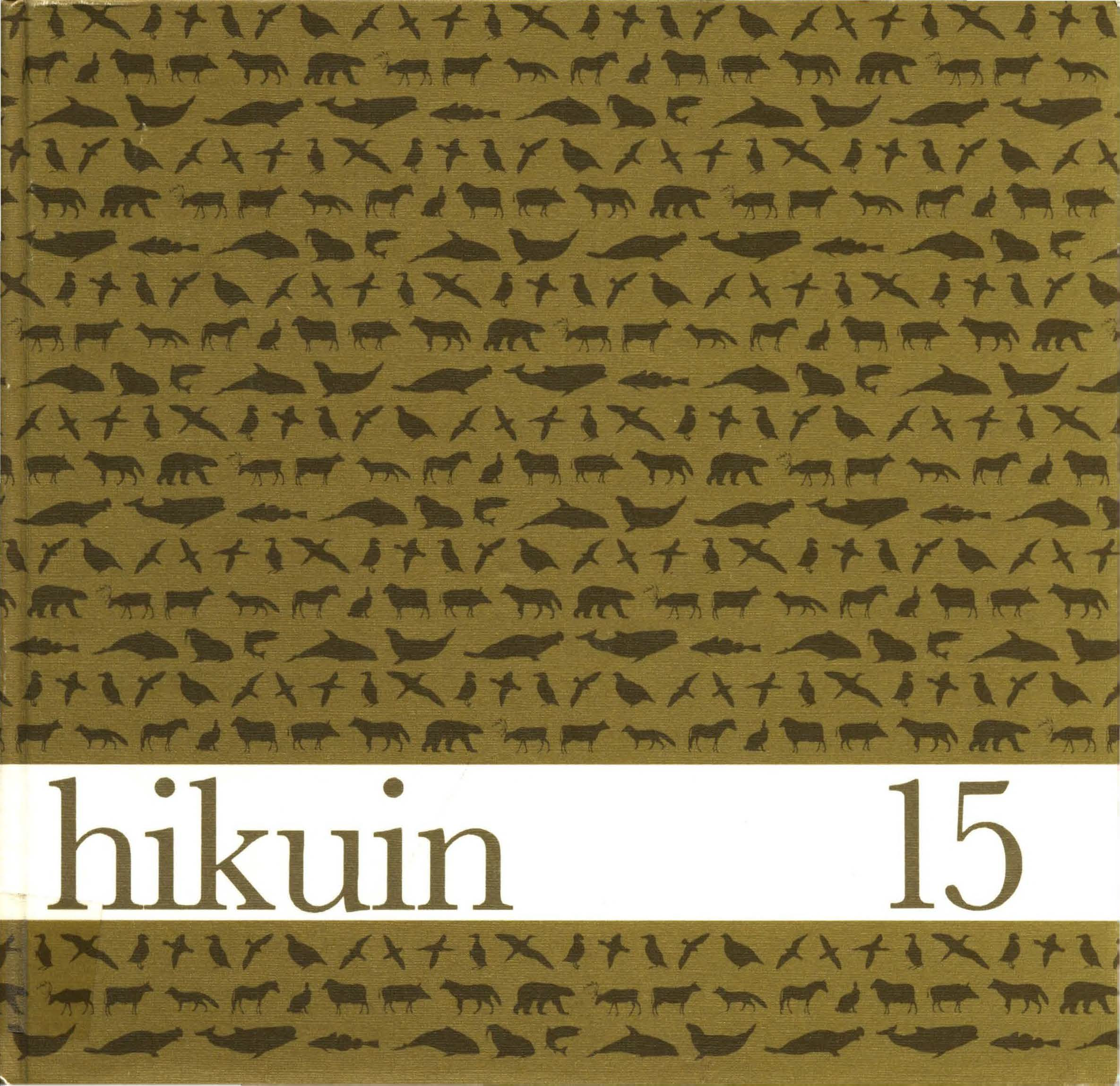Ectoparasites of Sheep from Stdraborg, Iceland and their interpretation
Piss, parasites and people, a palaeoecological perspective
Abstract
The potential of insect fossils for refining archaeological interpretation was first realised in Osborne’s study of samples from the Late Bronze Age Wilsford Shaft in southern England. It is perhaps symptomatic of the ingenuity of archaeologists that the interpretation of the feature as a ‘ritual shaft’ has continued to be preferred to Osborne’s more prosaic ‘well’. In fairness, however, the Journal of Animal Ecology would be consulted by few archaeologists, whilst Antiquity is likely to be seen by perhaps the majority. More recent studies have achieved a closer measure of integration between the purely archaeological and the entomological data and, despite
some over ingenious or optimistic models and other very pessimistic estimates of potential, the field of archaeological palaeoentomology has become an established discipline, although with few practioners. The majority of studies have dealt principally with beetles (Coleoptera), although other groups, including the true flies have received some attention. One ecological rather than taxonomic group, the ectoparasites of vertebrates, however, deserves special note for the light which they can shed upon the presence of particular animals, or at least their pelts. Their remains may also be of value in the identification of use for individual rooms or buildings. Ectoparasites rarely stray far from their hosts, living either amongst the fur or feathers or burrowing into the skin, hair or feathers and many are restricted to a single host species or to a few closely related animals. One group, the lice which live
on man, has a slight historical record and this has recently been discussed in connection with fossil finds from Norse Greenland. Girling has been able to record a much fuller assemblage of human ectoparasites from a post-medieval pit in London. The identification of many species office (Pthiraptera) and flea (Siphonaptera) is often exceedingly difficult, even with complete
individuals and taxonomy in several families remains disordered (Marshall 1981). Van den Brock’s (1977) key and illustrations to lice found on mammals in the Netherlands includes most species likely to be found in European archaeological contexts but Smit’s key to the fleas is of less use for fossil material and, for both groups, direct comparison with modern reference material is essential. For the remaining ectoparasites, the situation is slightly better in that, once isolated, they are more readily recognised. Osborne (1971) has
tentatively identified the bed bug Cimex sp. from Roman Alcester in Midland England and, in view of its frequency in the relatively recent past, it is to be expected in other deposits. Although the Mallophagan and Dipteran parasites of birds may occur incidentally in archaeological sediments, only those few associated with mammals are likely to appear consistently. One of these, Melophagus ovinus L. together with louse Dalmalinia ovis L., found on the same animal, the sheep, is considered in this paper. The interpretation of this particular fossil assemblage, however, is far from simple and requires a consideration of ethnographic and other sources.
Downloads
Published
How to Cite
Issue
Section
License
Forfatter og Forlag.





